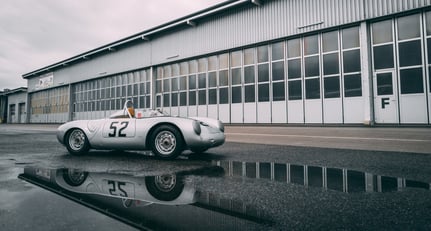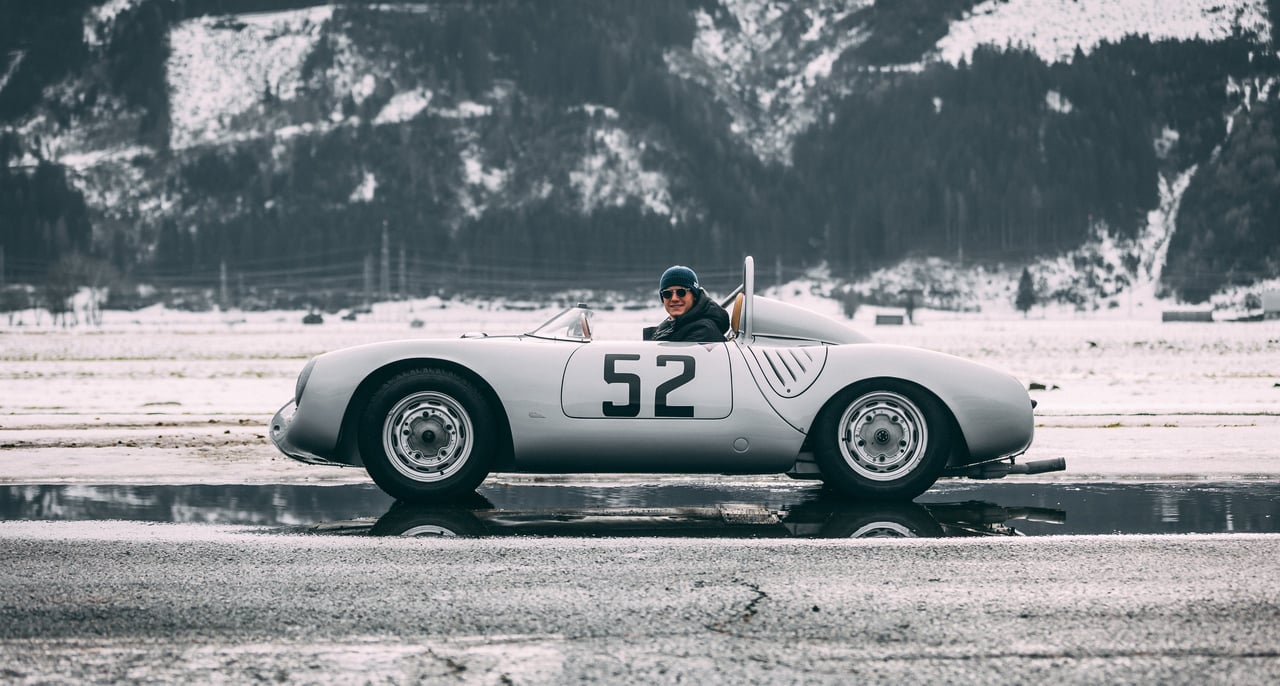
The tradition of racing on frozen Alpine lakes dates back to before the Second World War, and Zell am See, Austria, saw some of the first daredevils take to the ice. By 1937, skijoring — a sport invented by farmers in Scandinavia — had found its way to the Alps as people began towing themselves on skis behind motorcycles. In 1952, cars were used as “draft horses” for the first time, and a year later they were already doing snowy pirouettes of their own. In 1969, the first races took place on a specially-prepared ice slope at the airfield, and just as the event was becoming increasingly popular, the last edition would take place in 1973. After a 46-year break, over 10,000 fans traveled to watch the GP Ice Race in 2019, launched by the two new founders: Ferdi Porsche — great-grandson of the company founder Professor Ferdinand Porsche — and Vincenz Greger.
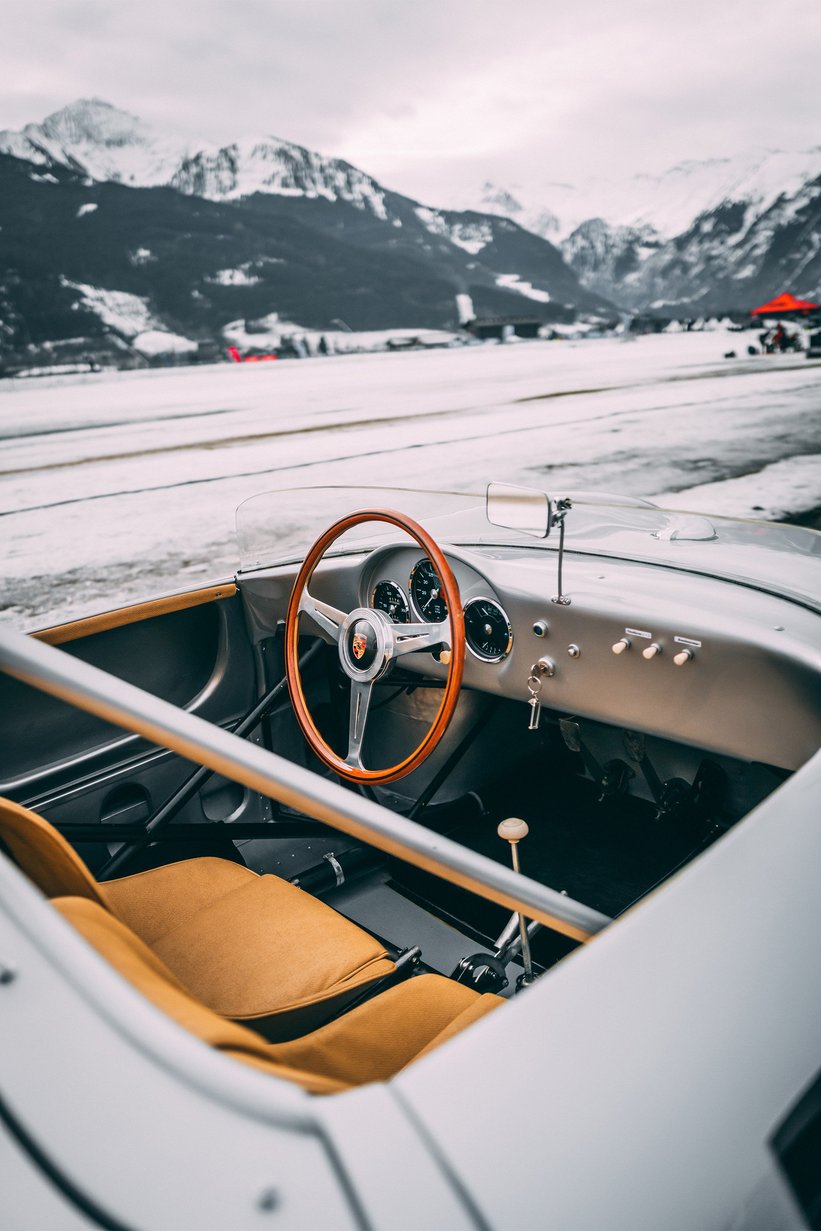
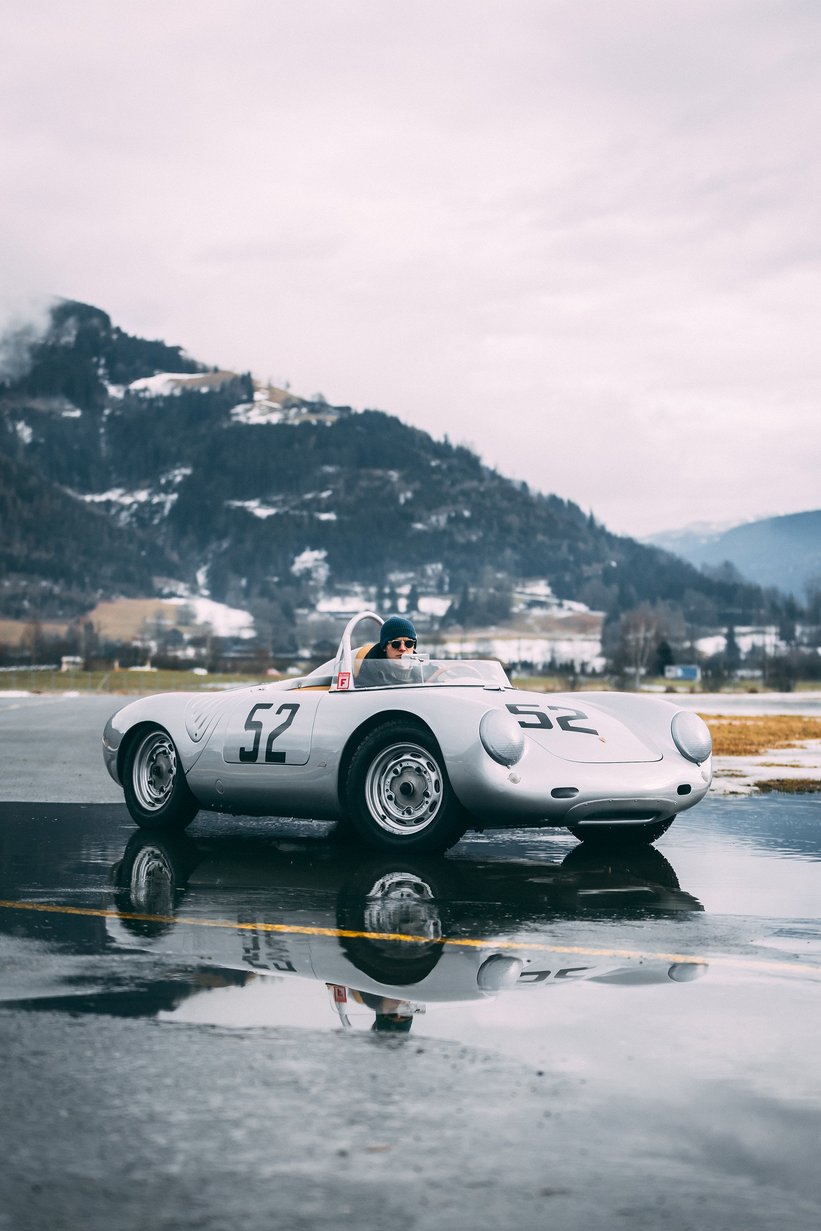
However, luck was not on their side and a three-year break ensued, caused in part by the COVID-19 pandemic and by a sudden rise in temperatures at the beginning of 2023. The anticipation among organisers, participants and fans for the event’s first edition under the patronage of F.A.T. International could not be understated. Around 100 participants from 14 nations registered, including cars from 22 different manufacturers, eight buggies and 30 skijoring pairs. Bad luck with the weather couldn't dampen the party atmosphere among the 3,000 spectators in the packed stands. While both the professional and amateur pilots were not able to take part in any races due to near constant rain and temperatures above freezing, they were able to do some show laps in bright sunshine. Ferdi Porsche was particularly pleased about this: “We have been missing this festival feeling for the last few years and my whole team and I can hardly wait for F.A.T. in Aspen after Zell am See to continue the celebrations.”
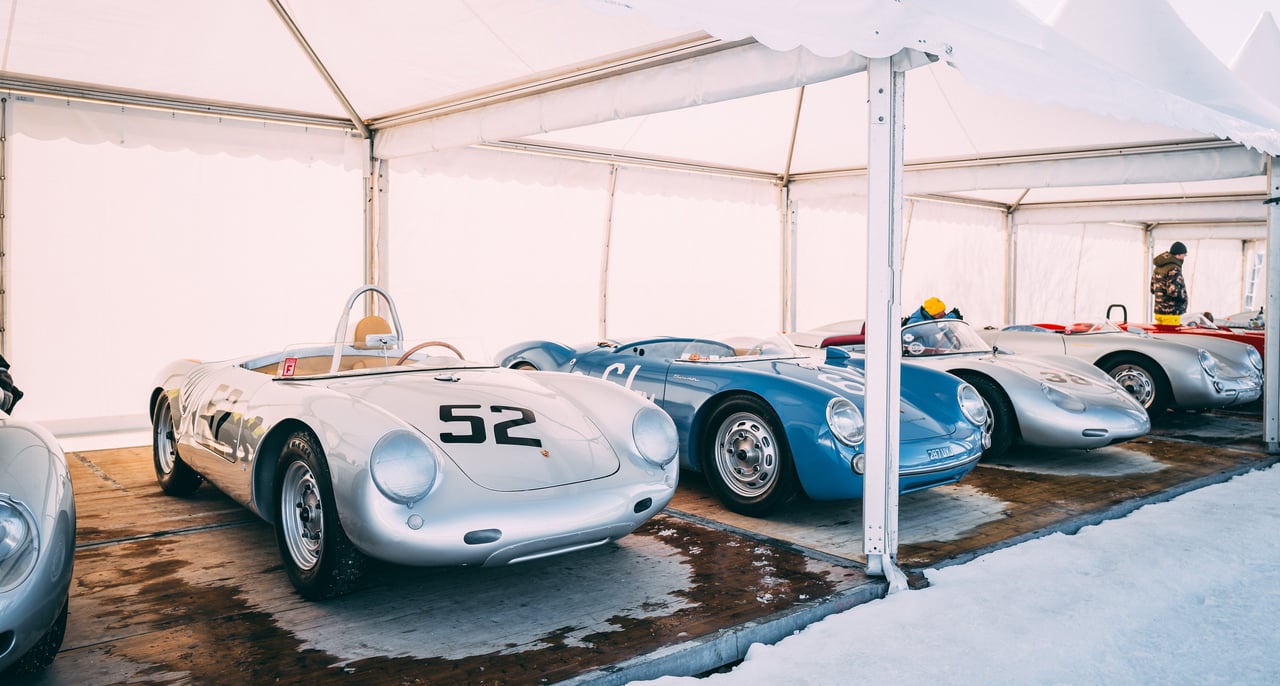
The ten Porsche 550 Spyders lined up in their own paddock area were an absolute highlight of the event - rarely before have so many of them been seen together in one place. And they look right at home in this region steeped in Porsche history. In 1941, Professor Ferdinand Porsche bought the nearby Schüttgut estate to serve as headquarters for the Porsche and Piëch families, and in 1974, F. A. “Butzi” Porsche moved his Porsche Design studio from Stuttgart to the Alpine retreat. We also shouldn’t forget that Porsche owes its first overall victory in an international race to the 550 A, which took home gold at the 1956 Targo Florio with Umberto Maglioli at the wheel. And if the 550 Spyder wasn’t already world-famous, it would be after cult actor James Dean added one to his garage, which he dubbed “Little Bastard”.
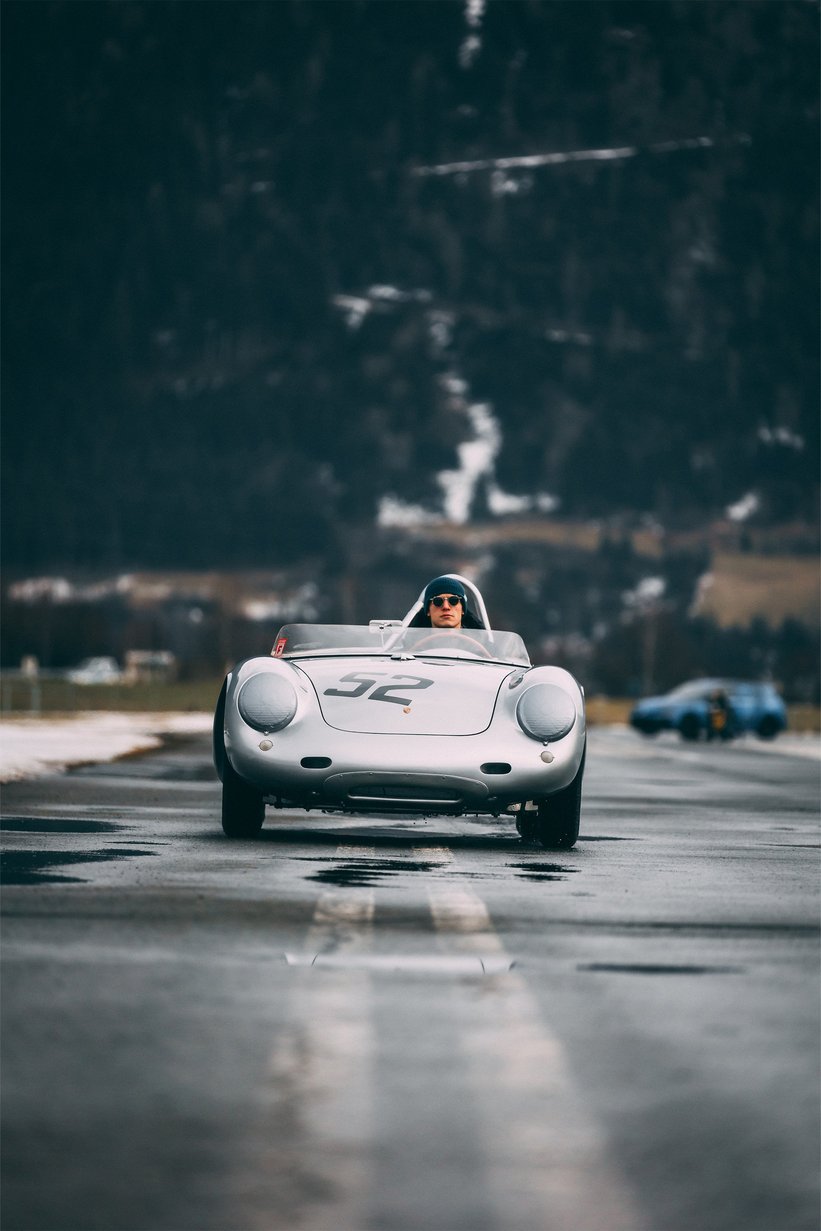
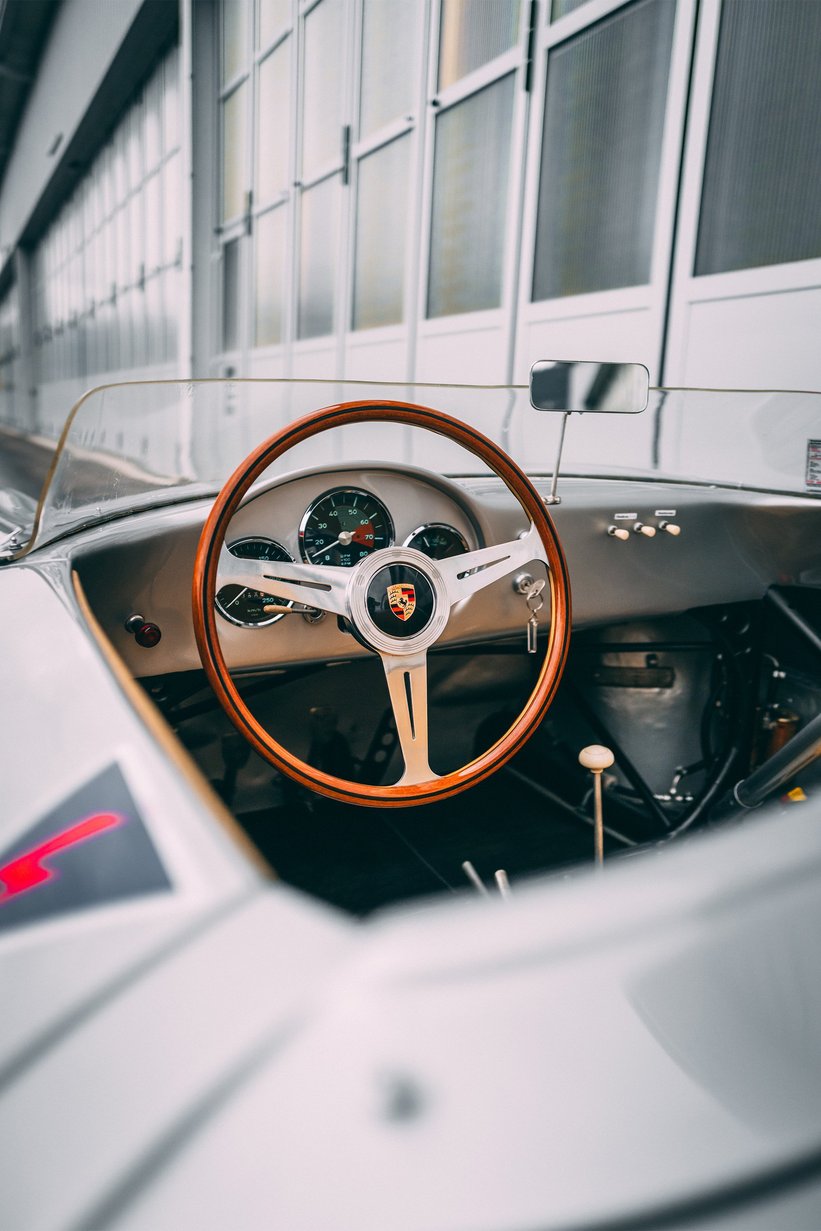
Our star car today, chassis number 550 A-0126, is one of only 40 Porsche 550 As built and was brought to Zell am See by Vincent Kolb from the Victoria Collection. It was prepared for use in Austria by a team of Porsche experts in Eberbach led by Torsten Rüttger. Chassis 0126, which was first delivered on May 8, 1957, experienced its finest hour a year later in 1958, at the 1000 km race in Buenos Aires. Driven by first owner Hubert Weisse and co-driver Jaroslav Juhan, this 550 A finished in 3rd place in the 1.5-litre GT Class.
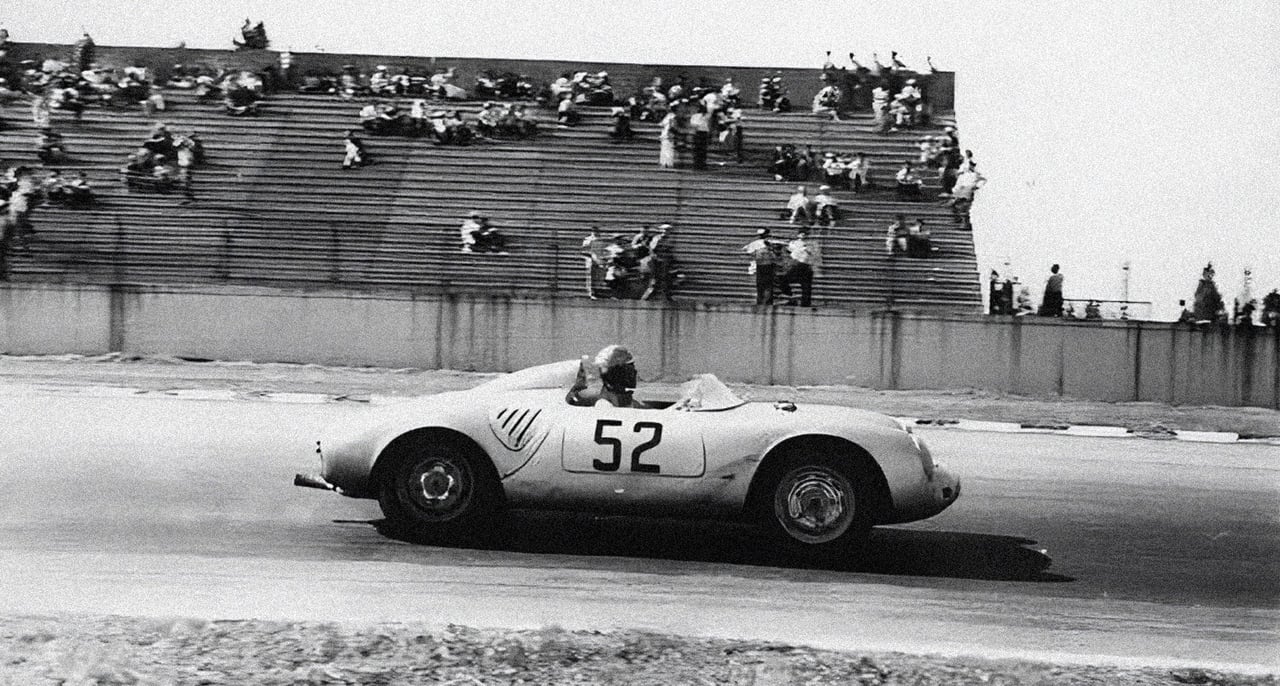
With the introduction of the “A” in 1956, Porsche took the 550, which was first introduced in 1953, to an even higher level. The original sheet steel box frame gave way to a lighter and significantly stiffer tubular space frame. Thanks to higher suspension points, many load-bearing stiffeners could be eliminated, while lower pivot points on the rear axle coupled with a newly-stabilised front axle helped to sharpen the 550 Spyder’s handling. All in, the new and improved 550 A weighed just 530 kilos when dry. Together with a reduced frontal area and a Fuhrmann-designed engine tuned to 135 hp, the 550 A blossomed into a potent racing machine, and in just five years it achieved almost 400 class victories!
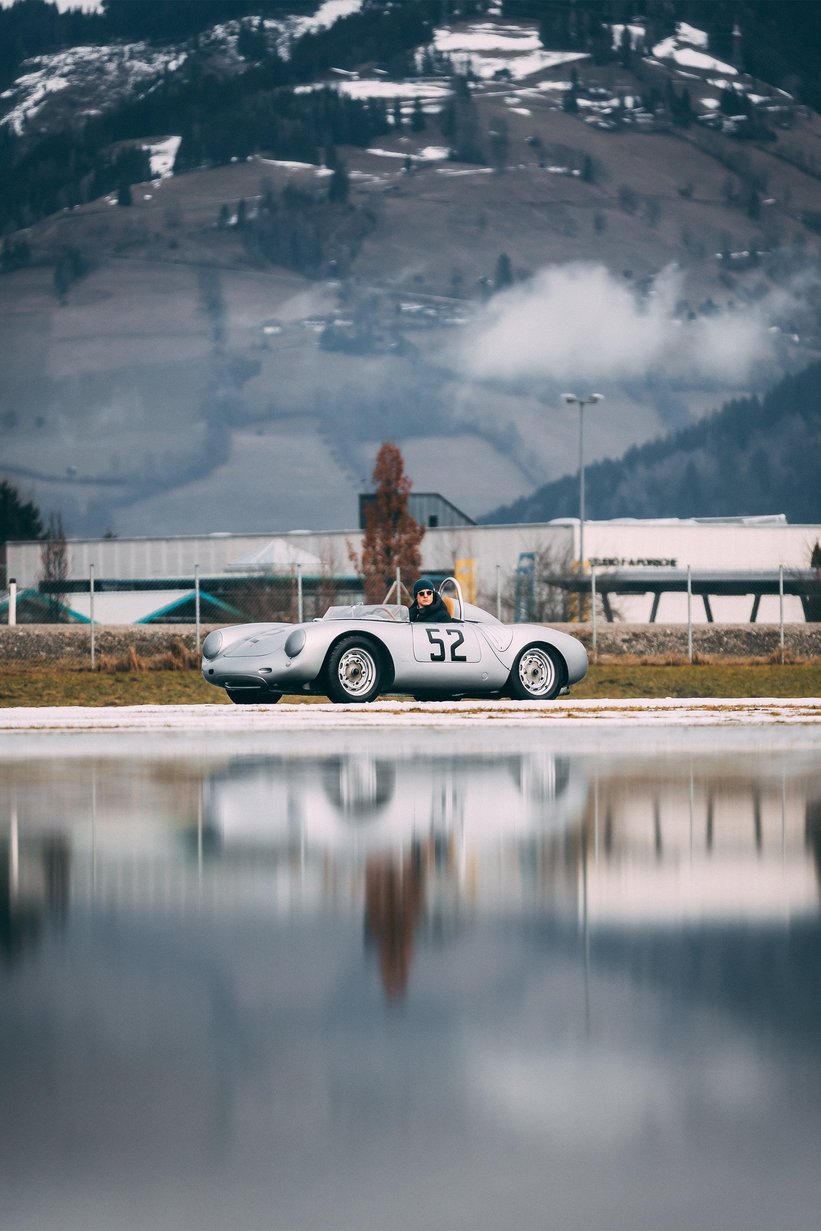
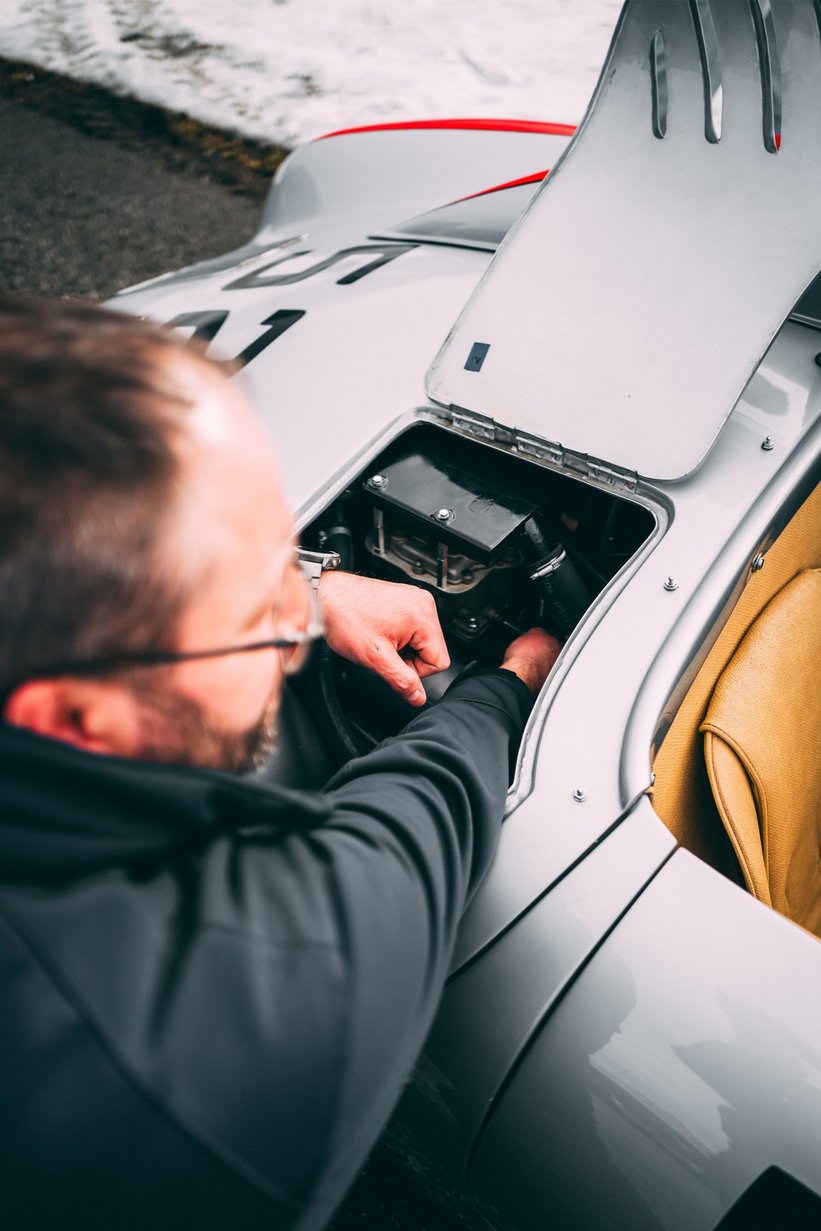
Returning to Zell am See, like the vast majority of the starters, the 550 A was given fresh snow shoes for its wintery outing. This is a “must” at events like this, without the roughly 130 pins per tyre, there would be zero grip. However, instead of new 3J spike tires installed by Pirelli, Torsten Rüttger used older 5J Michelins from his own stock, which, in his words, made the car appear “less narrow-chested”. As with all classics that have sat for an extended period of time, every last screw needed to be checked in the workshop beforehand. Transmission, electrics, chassis, petrol and oil systems - nothing escaped the critical eyes of the specialists.
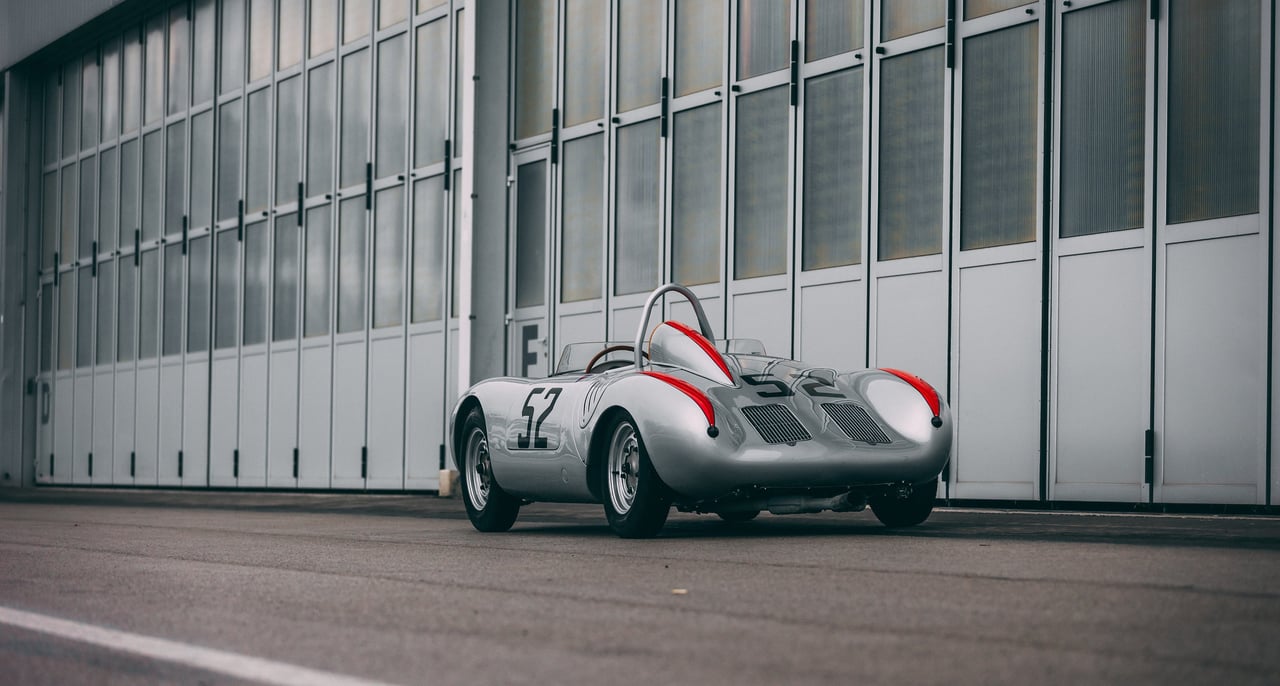
In order to carefully warm up the complex four-camshaft Fuhrmann engine, the team created a solution specifically for the ice race where warm exhaust air was sent from the engine towards the two Weber 40 DCM-1 carburettors. “We were able to simulate this well at home because the temperatures were low here at the time,” says Rüttger happily. For journeys in sub-zero temperatures, the engine is preheated using this method for ten minutes at a maximum of 2500 rpm before it is allowed to venture into the beloved higher rev ranges. “The homework is largely done beforehand,” emphasizes Rüttger, “But a follow-up after an event is just as important. Even then, for example, all screws must be checked for correct seating. 550 Spyders are fast, and centrifugal forces come into play at high speeds, causing vibrations.”
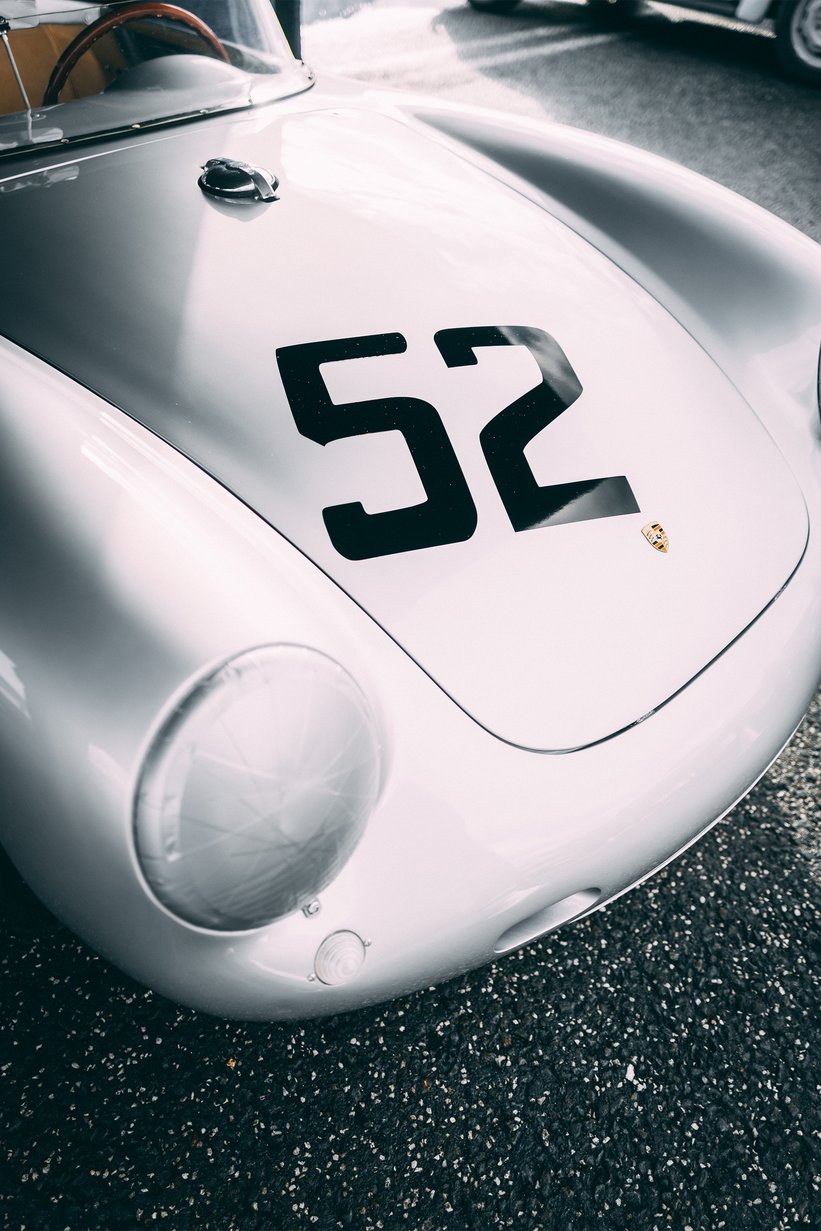
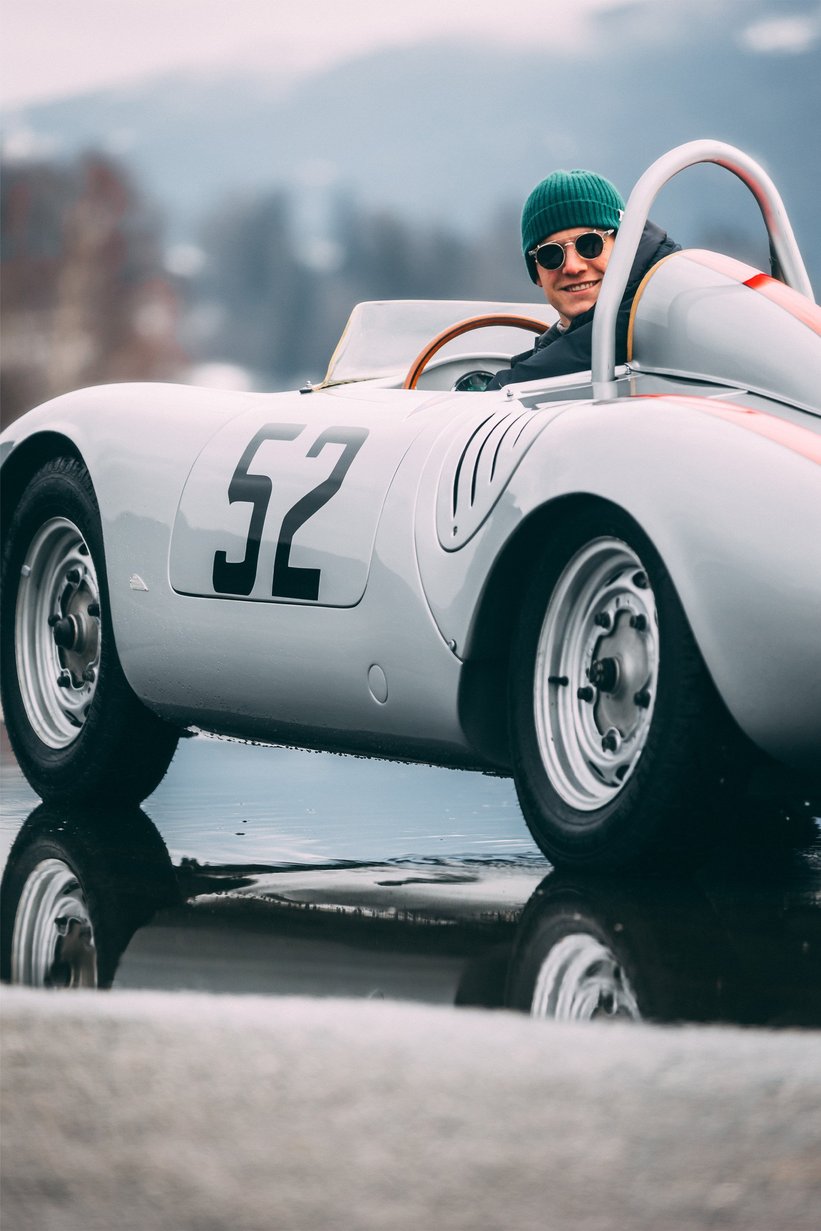
The Porsche 550 A, which can reach speeds of up to 240 km/h on a dry racetrack, is a flawless example of a 1950s racing car, according to Rüttger's briefing to Vincent Kolb, the chosen driver for the ice race. “The contact with the road is very good, the steering deflections are small, of course you can drift, but the oversteer is easy to control. The handling is similar to a Porsche 356.” He also advised Kolb to adapt to the unusual shift pattern of the five-speed gearbox. “First gear is on the top left and second gear is in the middle at the top - because you only need first gear to start off and then want to switch back and forth between gears 2 and 3 as quickly as possible during the race.”
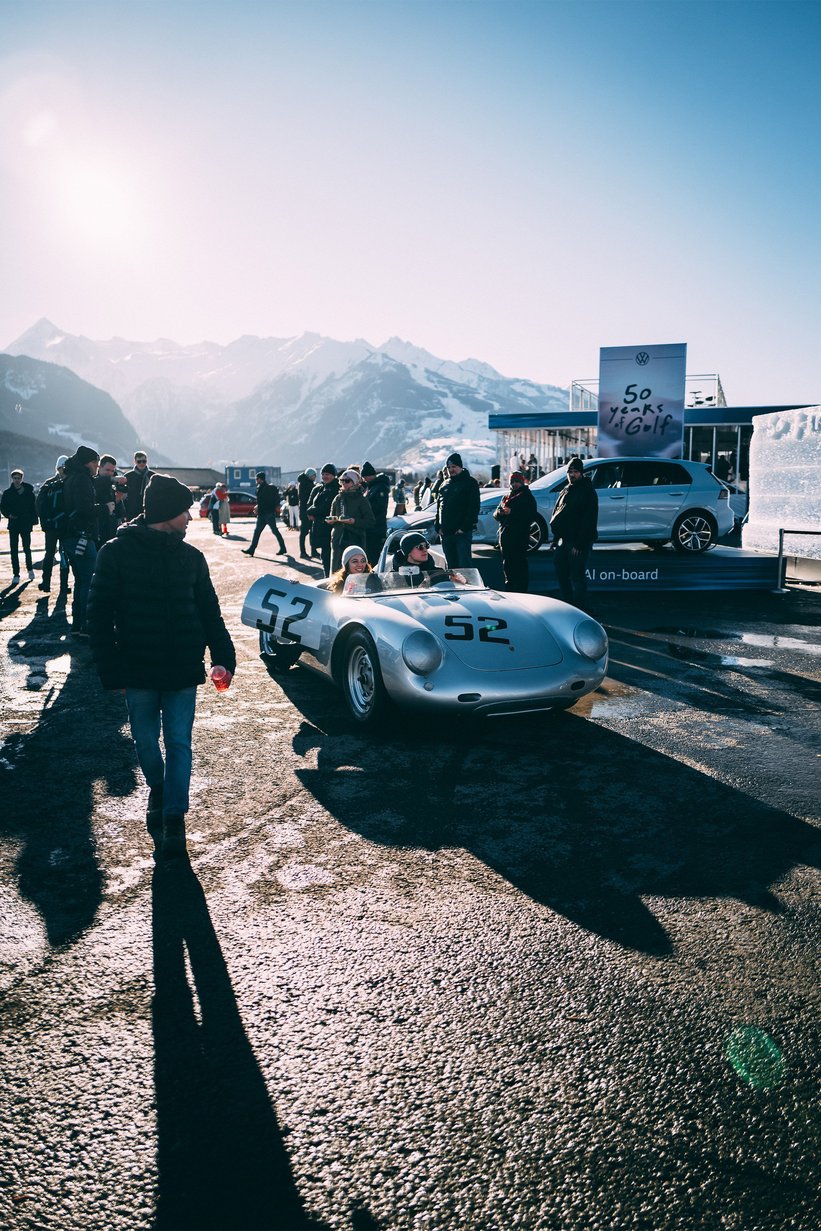
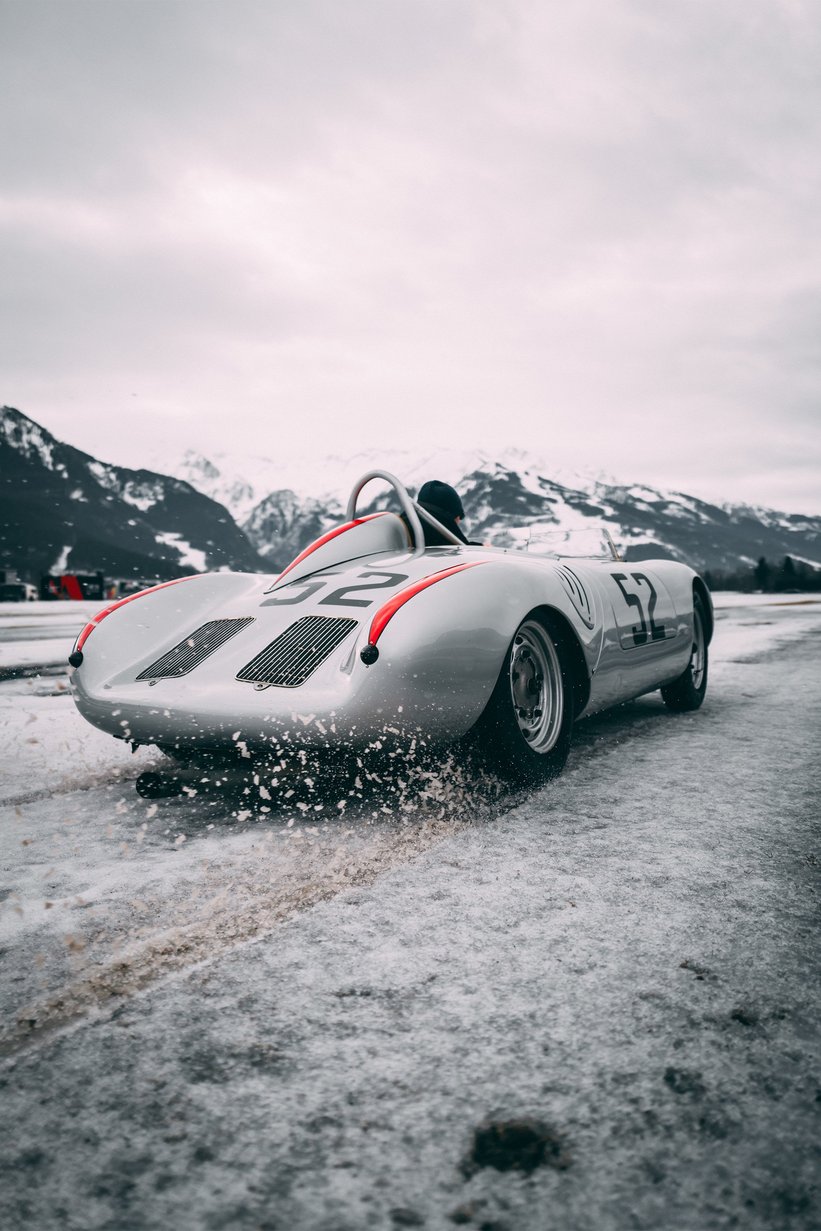
However, this 550 A isn’t just about its sweet handling and classical good looks: everything is accompanied by the robust timbre of the Sebring racing exhaust system. Unfortunately, because race management wanted to prevent damage to the low-lying 550 Spyders, in the end they weren’t allowed to venture onto the very muddy track, which was riddled with deep holes. Nevertheless, the Porsches didn't stay in their tents, and to the delight of the fans, the parade of 550s did a few laps through the paddock. It’s safe to say that everyone in attendance was given goosebumps by the 550s’ “good vibrations”.
Photos by David Fierlinga
